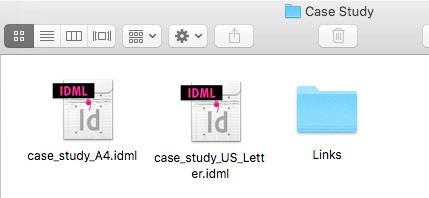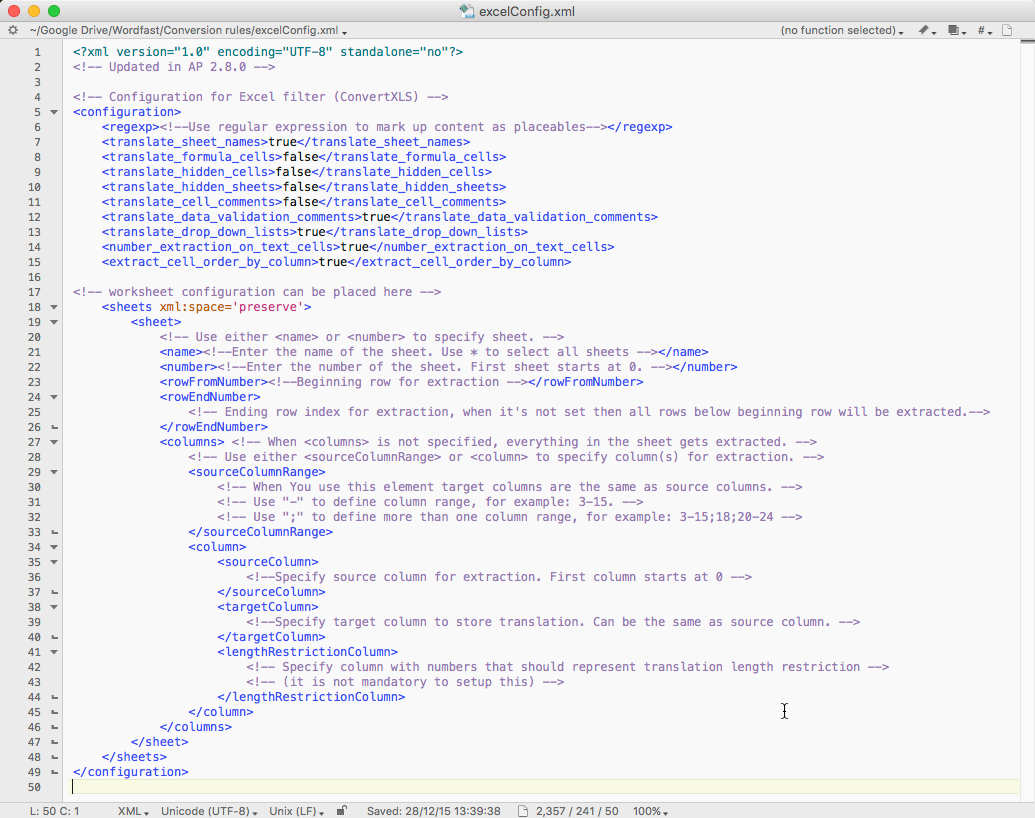

WORDFAST AND IDML FILES PDF
First-time Studio users can get help under the “Get Started” tab in the Welcome view, where there are videos and PDF guides.You can’t autopropagate to confirmed segments, but you can choose to autopropagate to all files in a project, and there are Fuzzy Propagation options.However, DVX3 does report the number of replacements made. A new “edit” status is definitely required. Also, it’s hard to locate these changed segments.


WORDFAST AND IDML FILES FULL
No full above-below view, but the active segment can be displayed and edited source above target.It has a customizable Quick Access Toolbar. DVX3 has a customizable ribbon with tabs similar to MS Office programs (File, Home, Project, Lexicon, Insert, View and Review).The Editor window only displays segments side by side, not above-below.Its Quick Access Toolbar isn’t customisable (yet). Studio 2014 has a ribbon, giving the whole interface a familiar feel to new users, with ribbon tabs emulating Office programs (home, view, advanced, etc.).The table below shows the differences we’ve found, with David’s comments about Déjà Vu on the right and mine about Studio on the left. There are huge similarities between the two programs (look back at the Studio 2014/memoQ post to see the features that all CAT tools should have). The list prices for Studio and DVX3 are €695 and €420, respectively. Yes, the first difference is in the price.
WORDFAST AND IDML FILES DOWNLOAD
I couldn’t resist the temptation to download a demo of DVX3 to find out more, and ended up buying a license. Unfortunately, 3-column tables in are quite unwieldy so we decided to write a separate post to compare Studio 2014 and DVX3. After reading my Studio 2014 and memoQ side-by-side comparison last year, David Turner (the developer behind CodeZapper and a keen Déjà Vu user) kindly offered to add a column for DVX3.


 0 kommentar(er)
0 kommentar(er)
